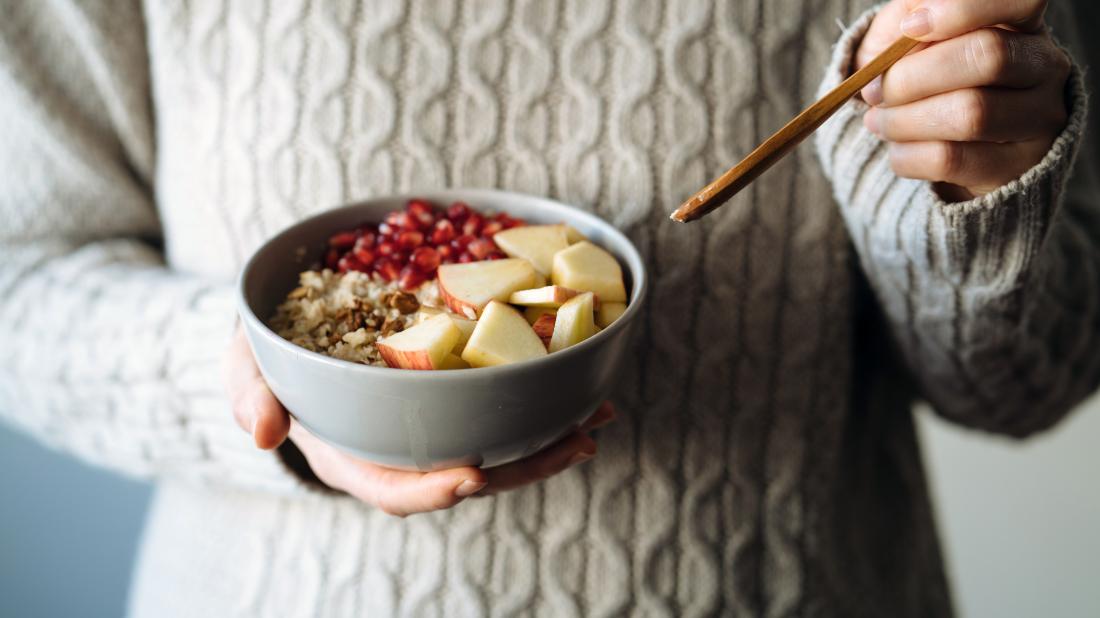Gallbladder function is to store bile from the liver, the bile function is to aid digestion of fats in small bowels. Gallstones are formed when the stored bile is hardened due to too much cholesterol, bile salt or bile pigment (bilirubin). Common symptoms of a person having gallstones is intense pain from the abdomen to the right shoulder, nausea, vomiting and fever. Gallbladder surgery or cholecystectomy is a common procedure removing the gallstones. Painful gallstones usually need surgery interventions such as cholecystectomy. Some patients would be wondering if they need to change their diet after gallbladder surgery when they get back home and what healthy eating should be.
Post cholecystectomy syndrome (PCS) may happen to 5% to 40% patients after undergoing cholecystectomy procedure. This includes symptoms of persistence pain of the abdomen, constipation, nausea, diarrhea, bloating, flatulence, abdominal distention and upset stomach. This is why changes of diet after gallbladder surgery is needed to alleviate the discomfort.
Since gallstones have been removed, the body will have some difficulty digesting fats. Thus, it is advisable for patients to have low fat diets especially for the first several months. This will help the liver to compensate for the gallbladder’s absence. Fatty food should be avoided at all costs. Examples of fatty food are fatty meat, chicken skin and bacon, processed food such as pizza and fast food and also ice cream; dairy products high in fat. It will be somehow difficult for post gallbladder surgery patients to follow low diet fat as most food that should be avoided in daily Malaysian diet are oily and high in cholesterol. Maintain your health.
High intake of fibre in diet is recommended. Fibre as we know helps with bowel movement. Soluble fibre is recommended as it helps with diarrhea and constipation after the gallbladder surgery. In general, soluble fibre are soft moist fibre found in fruits and vegetables (excluding the skin) such as apple, banana, carrots and broccoli. Fibre needs to be introduced gradually to daily meals in several weeks.
Some patients would probably experience gastritis (irritation of stomach) or usually called ‘gastric pain’ after the surgery. Soluble fibre may help by binding to the bile in the stomach in between food and reducing risk of stomach irritated by the bile. Patients are also advised to avoid food that could irritate the stomach. Spicy food such as chilli-based or heavy on peppers should be avoided. Caffeinated drinks such as coffee, tea and chocolate can irritate the stomach. Citrusy food like oranges, lemon, lime, vinegar and tomato-based food may lead to gastritis. Carbonated drinks and fizzy drinks can cause further bloating of the stomach beside gastric pain.
Eating food in small intervals and small portions but frequent is advised after the gallbladder surgery. For example, splitting meals into six parts. This will help the reduced amount of bile break down the smaller food quantity and greatly help the digestive system to work better. Having a food journal might help to detect what kind of food will cause discomfort and helps planning meals for the rest of the month.
Changes in diet is strongly advised for patients to reduce the incident of PCS. Since patients after gallbladder surgery were associated with bad diet habits, improving their diet after the surgery would not only benefit their current digestive system and eating habits, in the long run it would actually help them live better by adapting to balanced and nutritious meals. Remember to always consult a doctor if you’re not sure of what really works for your body. Know our Hajj Vaccination package.
References:
https://www.nhs.uk/conditions/gallbladder-removal/
https://www.ncbi.nlm.nih.gov/books/NBK448145/
https://www.jandonline.org/article/S2212-2672(14)00550-4/fulltext
https://www.wsh.nhs.uk/CMS-Documents/Patient-leaflets/ColorectalandStomaCare/5147-2Fibre.pdf
